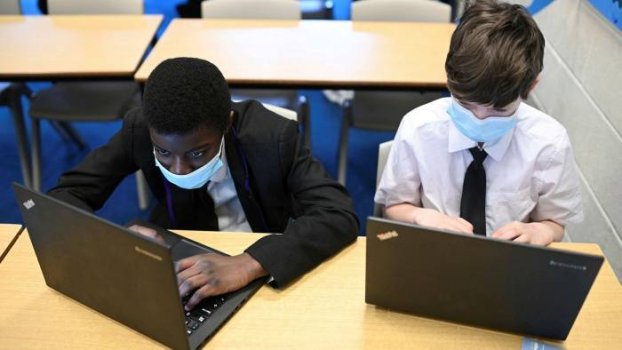Teachers are one of the professions least at risk of being automated. A job that requires emotional intelligence and flexibility — in adapting lesson plans on-the-fly to a particular group of children, for example — is not one particularly well-suited to robots. Artificial intelligence, however, still deserves a role in the classroom. This is not as a replacement for teachers, but as a tool or an assistant that can aid them both in trying to close the gap in achievement between the rich and the poor and in making up for lost teaching time during the pandemic.
In the UK, school closures to stop the spread of coronavirus have helped to accelerate the adoption of AI-based learning platforms as teachers sought new online methods to keep students engaged and to track their progress. These new approaches, where they have been seen to work during the pandemic, will continue when pupils return to something that looks more like a normal education.
The right approach to such technologies is to see them not as substitutes for human labor, but as a way of improving its quality and productivity. Machine learning may be more sophisticated than a shovel but the principle is the same: tools enhance humans’ existing capabilities. The best AI applications promise to improve and accelerate teachers’ knowledge of what their students need, how best to deliver that teaching, and which students require the most help — from a human teacher — to keep up with their learning.
Continue reading: https://www.ft.com/content/ef231955-e97d-4552-8dcc-f1afe01ad613
In the UK, school closures to stop the spread of coronavirus have helped to accelerate the adoption of AI-based learning platforms as teachers sought new online methods to keep students engaged and to track their progress. These new approaches, where they have been seen to work during the pandemic, will continue when pupils return to something that looks more like a normal education.
The right approach to such technologies is to see them not as substitutes for human labor, but as a way of improving its quality and productivity. Machine learning may be more sophisticated than a shovel but the principle is the same: tools enhance humans’ existing capabilities. The best AI applications promise to improve and accelerate teachers’ knowledge of what their students need, how best to deliver that teaching, and which students require the most help — from a human teacher — to keep up with their learning.
Continue reading: https://www.ft.com/content/ef231955-e97d-4552-8dcc-f1afe01ad613

